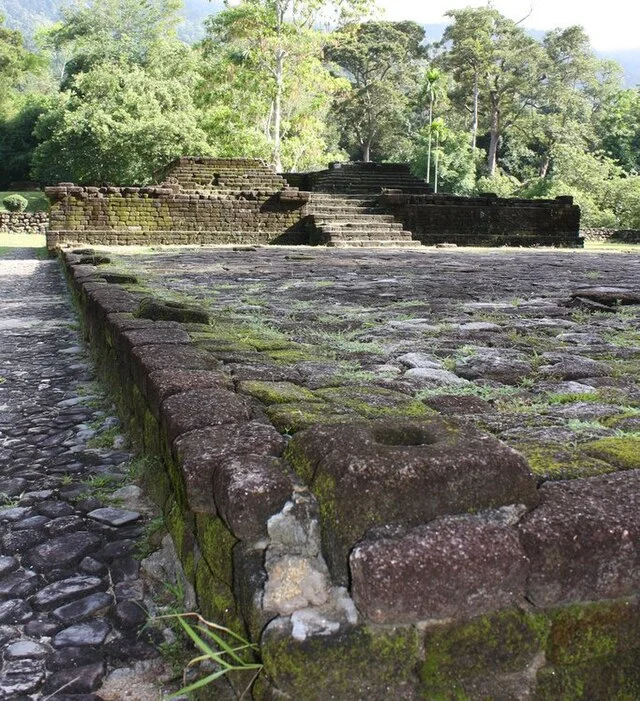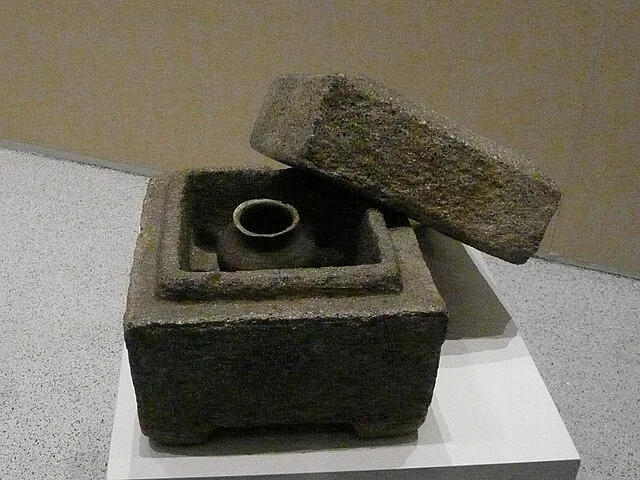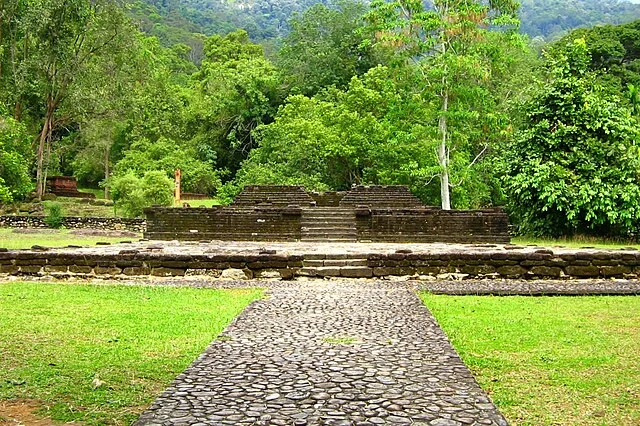Candi Bukit Batu Pahat, an archaeological site located in Malaysia, holds significant historical value. This site features remnants of ancient religious architecture from the Srivijayan period, which dates back to around the 7th to 13th centuries AD.
Get your dose of History via Email
Historical Context

The Srivijayan Empire, a dominant maritime power in Southeast Asia, significantly influenced the region during this era. Candi Bukit Batu Pahat reflects the empire’s religious and cultural practices. This period saw extensive trade and cultural exchanges, which is evident in the architectural style of the site.
Archaeological Findings

Archaeologists discovered Candi Bukit Batu Pahat in the late 19th century. Excavations revealed a complex of ruins that include temples, statues, and inscriptions. The site features brick structures with intricate carvings, typical of Srivijayan art.
Researchers identified several key elements at the site:
- Temples: The ruins include multiple temple structures, primarily built from brick. These temples show influences from Hindu-Buddhist architecture.
- Statues: Stone statues of deities and mythical figures have been found. These sculptures reflect the religious beliefs practiced during the Srivijayan era.
- Inscriptions: Inscriptions in Old Malay, written in the Pallava script, have been discovered at the site. These inscriptions provide insight into the historical context and religious practices of the time.
Architectural Style
Candi Bukit Batu Pahat’s architecture exhibits typical characteristics of Srivijayan design. The structures utilize a brick construction method, which was common in the region during this period. Temples at the site show a blend of Hindu and Buddhist influences, illustrating the religious diversity of the Srivijayan Empire.
Significance and Preservation
The significance of Candi Bukit Batu Pahat lies in its representation of the Srivijayan cultural and religious practices. It offers valuable insights into the empire’s artistic and architectural achievements. Efforts to preserve the site are ongoing. Conservationists aim to protect and study the site to ensure its historical integrity is maintained.
Current Research and Studies
Scholars continue to study Candi Bukit Batu Pahat to gain a deeper understanding of the Srivijayan Empire. Recent research focuses on the site’s role in regional trade networks and its influence on later Southeast Asian cultures. Archaeological studies contribute to our knowledge of ancient maritime civilizations and their religious practices.
In conclusion, Candi Bukit Batu Pahat serves as a crucial link to understanding the Srivijayan Empire’s historical and cultural context. Its temples, statues, and inscriptions provide valuable evidence of the region’s past. Ongoing research and conservation efforts will help preserve and enhance our knowledge of this important archaeological site.
Source:

